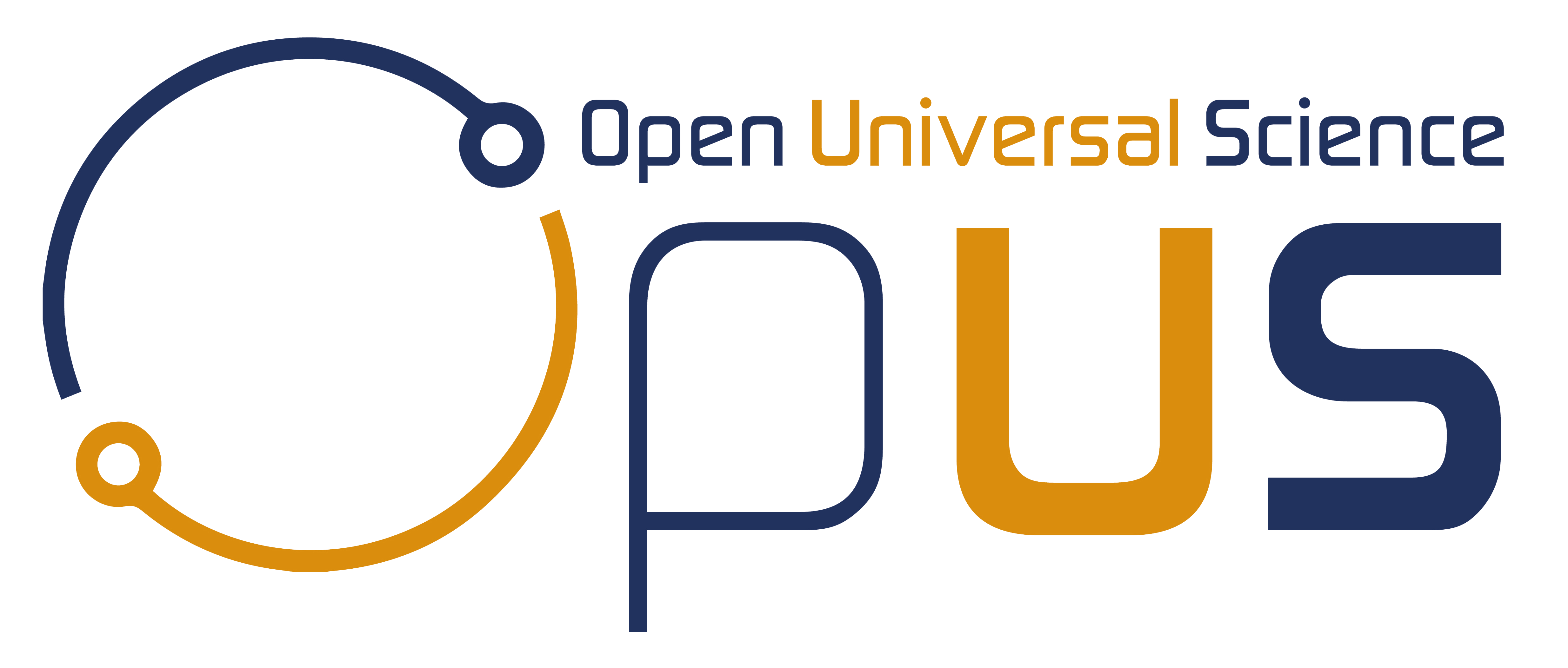
The Iceberg of Open Science: A Simple Guide
The Iceberg of Open Science: A Simple Guide https://opusproject.eu/wp-content/uploads/2024/01/3b44b5000d3ada04c028c395cd05cbfb_XL.jpg 900 627 Open and Universal Science (OPUS) Project Open and Universal Science (OPUS) Project https://opusproject.eu/wp-content/uploads/2024/01/3b44b5000d3ada04c028c395cd05cbfb_XL.jpgOpen Science is like an iceberg – a vast, complex structure with most of its importance hidden beneath the surface. In this article, we’ll explore the “Iceberg of Open Science” to understand what lies beneath and why it matters to researchers, scientists, and the general public.
The Tip of the Iceberg:
The visible part of the iceberg represents what we commonly see – open access publications. These are research papers, articles, and data freely accessible to everyone. Open access ensures that knowledge is not locked behind paywalls, allowing anyone interested to learn from and build upon existing research.
Below the Surface:
- Open Data: Beneath the surface, a significant portion of the iceberg is occupied by open data. This includes the raw information collected during research – datasets, measurements, and experimental results. Sharing this data enables transparency, collaboration, and the ability to reproduce experiments, strengthening the credibility of scientific findings.
- Open Source Software: Another crucial component is open-source software. Many scientific endeavors rely on specialized tools and software. Making these codes open source means that others can scrutinize, improve, and reuse them. This collaborative approach fosters innovation and efficiency in scientific research.
- Open Peer Review: Traditional peer review is often a hidden process. Open peer review brings transparency by making the review process accessible to the public. This allows others to understand how conclusions were reached and promotes accountability in the scientific community.
- Open Educational Resources: Open science extends to education. Open Educational Resources (OER) are freely accessible materials used for teaching, learning, and research. By sharing educational content openly, we can democratize access to knowledge and support a global learning community.
Why Does It Matter?
- Accelerating Scientific Progress: By sharing data, software, and findings openly, researchers can build upon each other’s work, accelerating the pace of scientific discovery. This collaborative approach helps avoid duplication of efforts and fosters innovation.
- Democratizing Knowledge: Open science ensures that knowledge is not confined to academic circles. It allows students, educators, policymakers, and the general public to access and engage with scientific information. This democratization of knowledge promotes inclusivity and equal opportunities for learning.
- Enhancing Credibility: Transparency in the research process, including open data and open peer review, enhances the credibility of scientific findings. Others can verify and replicate experiments, contributing to the robustness of scientific knowledge.
Unlocking Knowledge:
The Iceberg of Open Science goes beyond free access to research papers. It encompasses a collaborative, transparent, and inclusive approach to scientific inquiry. By embracing open science, we can navigate the depths beneath the surface and unlock the full potential of shared knowledge for the betterment of society.
Photo via HR Champions
- Posted In:
- Open Science News




